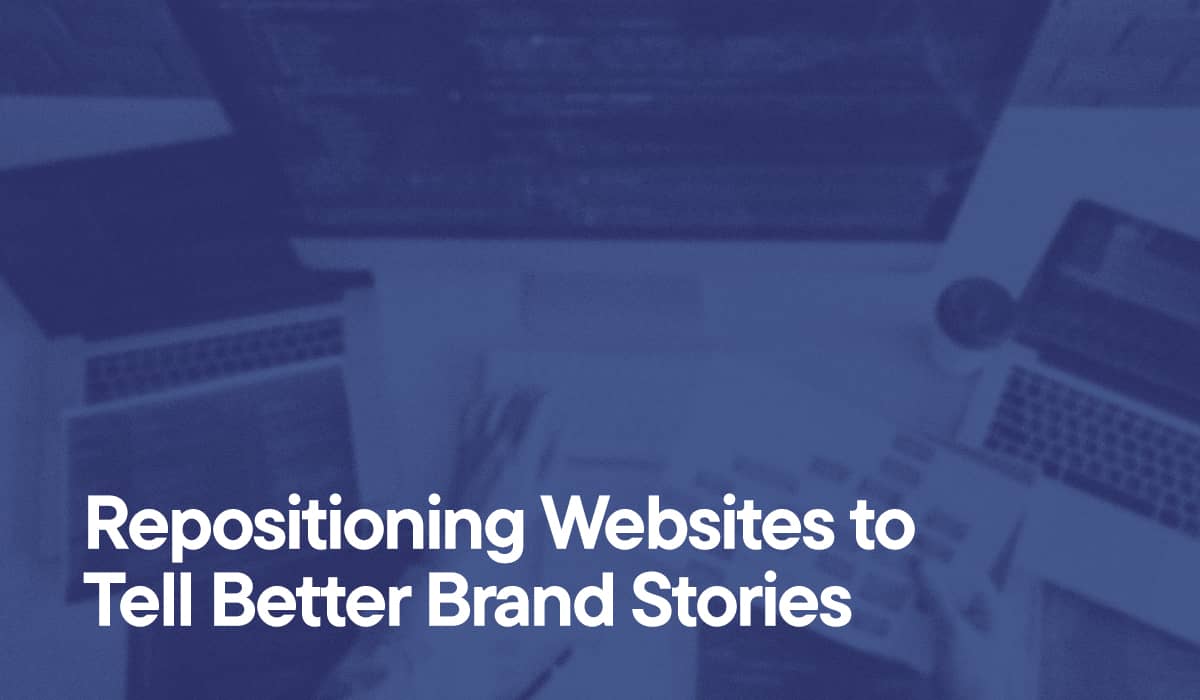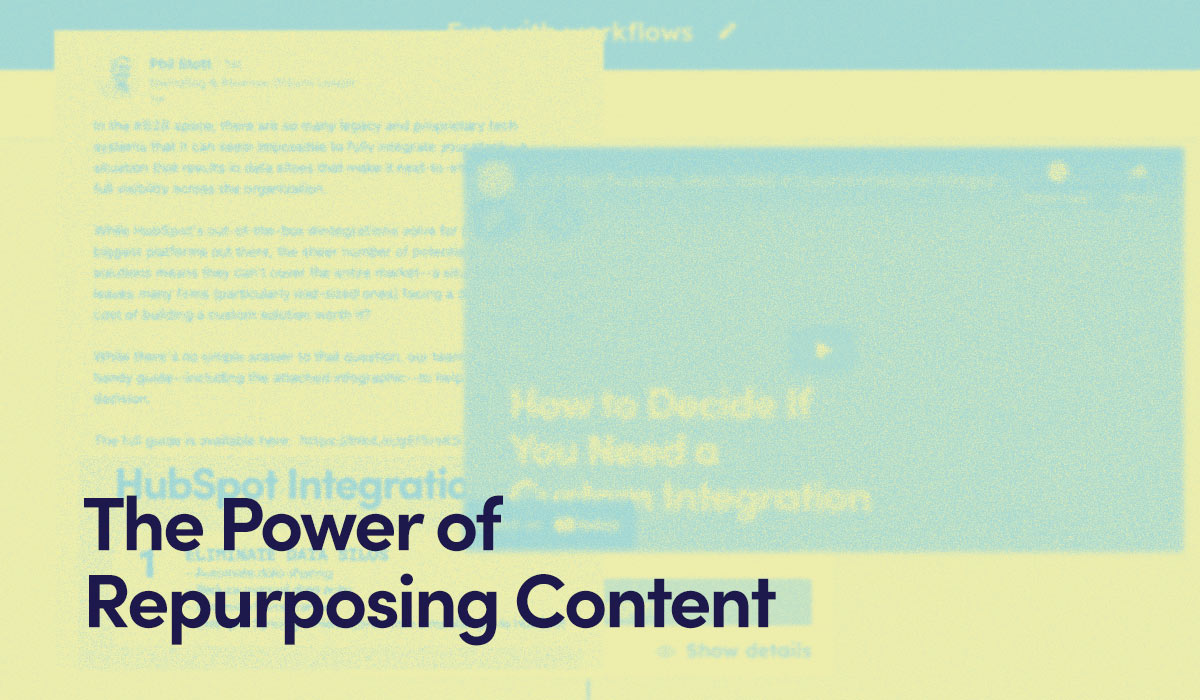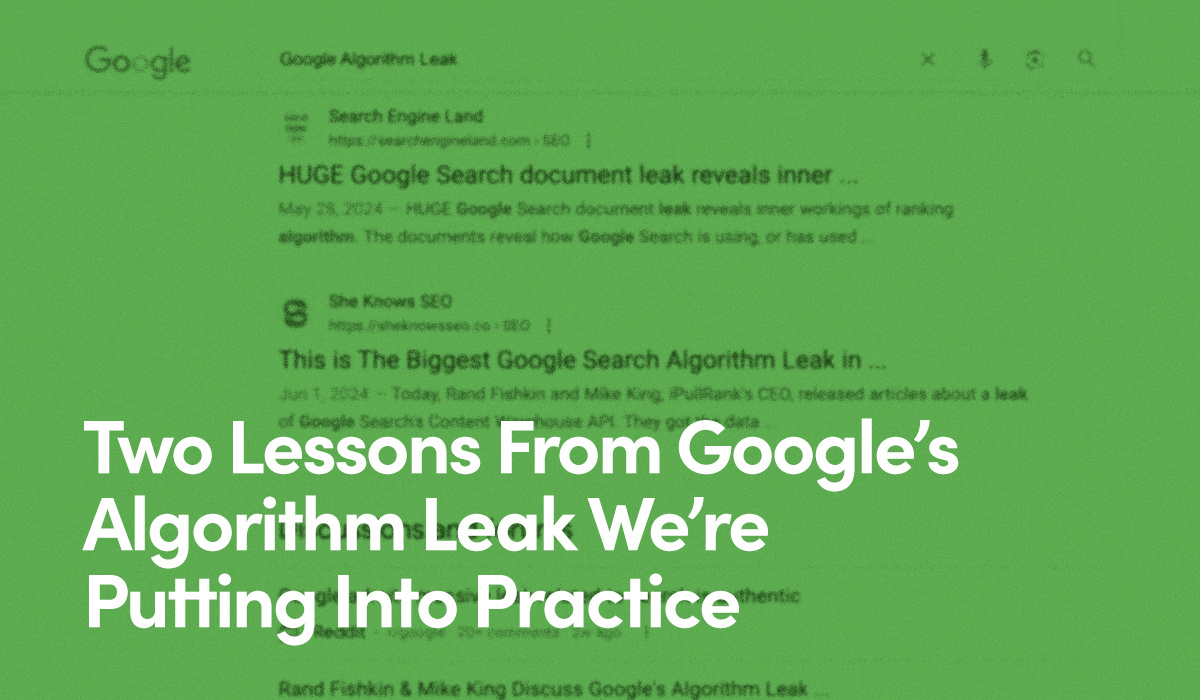While there’s no doubt inbound marketing is an extremely effective way to connect and engage with your audience, there are several important disclaimers to know before implementing its methodology.
Inbound is a fairly new marketing strategy that focuses on attracting and converting leads through useful and relevant content consumers seek and actively want to engage with. It answers common questions these potential prospects have regarding particular products and services, and provides meaningful value. It attracts, engages, and delights, and effective campaigns ultimately transform consumers into customers and even evangelists.
This style of marketing fundamentally differs from traditional outbound marketing—which historically utilizes aggressive tactics to identify and contact prospective customers through unsolicited mailings, phone calls, and other media, as examples.
Successful inbound marketing strategies typically take time and resources. They demand research and thoughtful consideration of everything from a company’s strategic goals to identifying, and really knowing, their target audiences and where individuals are along the buyer’s journey.
Here are several advantages, along with important considerations to be aware of regarding utilizing inbound marketing strategies:
Advantages
Effectively Attracts & Converts Leads
First and foremost, inbound marketing is an effective way to attract and efficiently lead potential customers through the buyer’s journey. By understanding and targeting prospects with relevant content that naturally attracts, engages and delights, they are more likely to learn about, interact with, and purchase from your brand. They’re also more likely to develop into dedicated customers who sing your praises to others, further driving sales, and further growing your customer base.
Saves Money
While outbound marketing strategies often require purchasing an expensive mailing list and broadly deploying large-scale brand awareness campaigns, which may include designing, printing, and mailing physical media such as postcards, flyers, and catalogs among others. Inbound marketing is highly specific and helps maximize your return on investment (ROI).
Customers are actively asking questions online and searching for answers to those inquiries. Inbound marketing provides these, while simultaneously establishing you and your company as true authorities. You don’t go to consumers—they come to you. Thus, all that money otherwise spent on mailings and phone calls and other tactics is saved, and more effective strategies are utilized. This saves money in the short- and long-term.
Organically Increases Brand Awareness
The inbound methodology is designed to organically attract potential customers by providing them useful content they can easily find, and proving to them that your brand is a valuable resource.
A significant aspect of inbound marketing revolves around search engine optimization (SEO) and building your digital presence, meaning the content you produce for your audience can be readily available where and when they need it most—while making it easy for people to share your content with members of the industry.
Inspires Continued Engagement
Well-researched, expertly composed content is the name of the game, and encourages further engagement with your brand through the buyer’s journey.
Builds Trust & Brand Loyalty
One of the central tenets to inbound marketing is building a sense of trust with your audience, and nurturing that relationship over time to lead them to your products and services. Addressing their questions and delivering meaningful answers and experiences shows potential customers you genuinely care about them. Sharing content that informs and intrigues rather than badgers and annoys fosters brand recognition and loyalty.
Transform Your Marketing With Strategic Content
Ready to Convert More Leads Into Loyal Customers?
Discover Our Content Engineering Expertise arrow_forwardChallenges
Incompatible With Some Organizations
Some businesses and organizational structures can have difficulty implementing an inbound approach. Certain industries that manufacture and sell low-cost products such as small consumer goods, or hyper-local businesses or services might find a limited return on their investment simply because of the nature of their industry, products, services, or audiences.
Inbound marketing works best for products and services with longer sales cycles, which generally require more research and deliberation before purchasing. Those not requiring such in-depth consideration will have a harder time organically attracting their ideal customers.
It’s a Long-Term Process
Those looking for quick or even immediate results from their marketing may not have the patience to implement inbound. A successful inbound strategy paves the way for long-term gains down the line, but can be a slow process initially. Once you’ve created and published content specifically addressing questions posed by consumers regarding commonly used keywords and phrases pertinent to your industry and products and services, it will be identified and indexed by algorithmic search engines.
True, it’s hard to get immediate results. Inbound marketing is slow to ramp up. But the results tend to be long-lasting, and lifetime ROI is way better than spending large sums on paid ads and the like, and hoping for a miracle.
There’s Much to Consider
Inbound marketing is difficult to do well. There are several ever-evolving elements of inbound marketing that can pose challenges for new adopters or companies still considering its implementation. From constantly shifting consumer behaviors to ever-changing algorithms and SEO mechanics—there are plenty of factors that will affect your overall strategy, and results. To execute the inbound methodology effectively demands time, research, training, expertise, and patience. It also requires ongoing content creation, deployment, and enhancement based on meticulously detailed analytics.
May Be Difficult to Convince Executives of Its Value at the Start
The inbound marketing process may seem overwhelming, particularly at the outset. When you begin targeting your ideal customers, it’s a battle to have your messaging stand above the noise and truly resonate with them. Gaining their trust and loyalty will take even longer. Because of its characteristically long ramp-up time and inherent learning curve, it can be tough to get executives to buy in—you need someone at the top who is committed to long-term growth, not quick sugar highs.
If you’ve got a short-term mindset, inbound marketing is not for you. It wouldn’t work for an e-commerce/fast-fashion site, for example, or if you’re starting from scratch and being judged on quarterly metrics. But if you have a product that requires a consumer to be educated, and a management tier invested in long-term growth, it’s a fantastic fit.
The Bottom Line
Inbound marketing is a highly efficient and cost-effective way to improve your customer conversion and engagement rates, while maximizing your return on investment (ROI). And even those organizations and business structures that aren’t necessarily suited to the inbound methodology can benefit from applying some of its principles.
Knowing your audience and being able to predict their needs and address their concerns, no matter what your industry, can go a long way toward fostering a sense of trust between you and prospective customers. And being able to provide valuable information and resources they can use will help draw them to your products or services more naturally.



